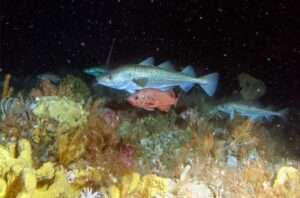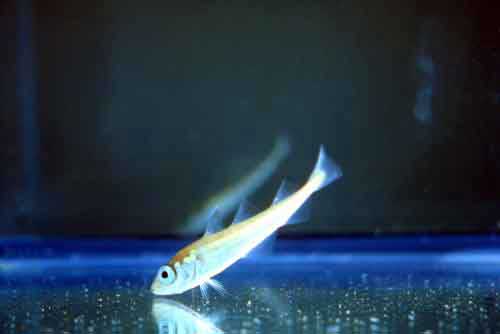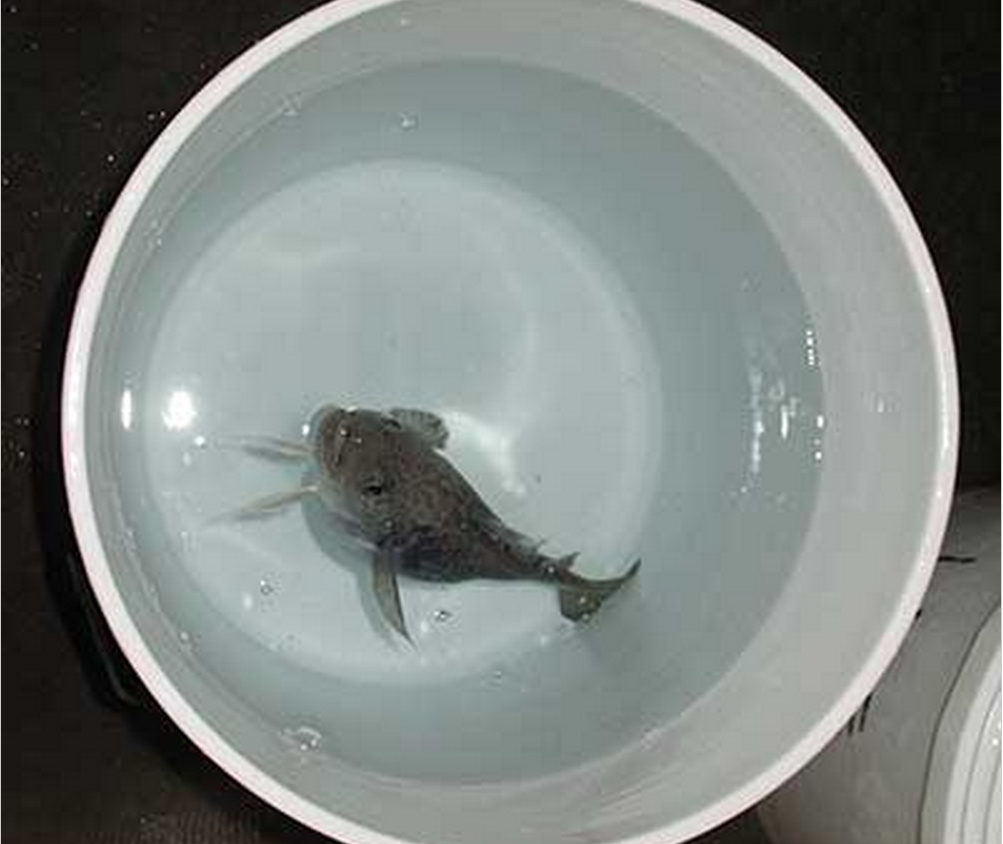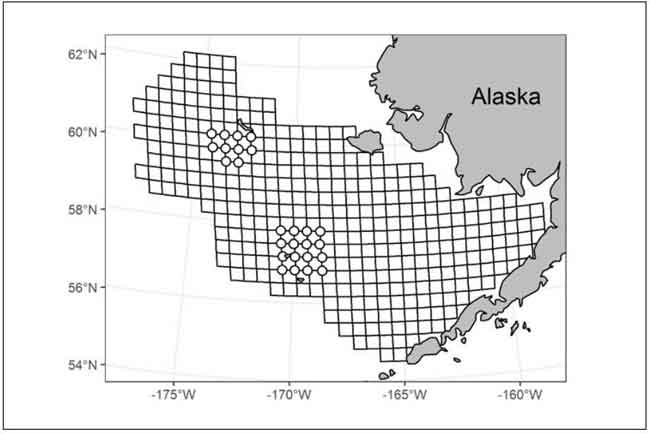Recent updates to the Distribution Mapping and Analysis Portal (DisMAP) include additional years of data, new filtering features, and data from a new region—the Northern Bering Sea.

NOAA Fisheries’ data visualization tool DisMAP displays changes in distribution over time for hundreds of marine species. It uses data from surveys such as NOAA Fisheries bottom trawls. This week, the portal got three major updates, the most significant being the incorporation of survey data from a new region—the Northern Bering Sea.
Northern Bering Sea Data
The Northern Bering Sea region has only recently been surveyed regularly, with existing survey data from 2010 and then 2017 onward. In 2018, analysts began working to integrate the Northern Bering Sea and Eastern Bering Sea surveys. Data from the Eastern Bering Sea was available in DisMAP prior to the addition of the Northern Bering Sea.
The Northern Bering Sea region was previously surveyed with limited spatial coverage for a few years in the 1980s and 1990s. However, it was not surveyed again until 2010 when the Alaska Fisheries Science Center began to observe unprecedented changes in the region. These changes included:
- Marine life appearing in unexpected places and occurring in larger or smaller numbers than usual
- Observations of unusually thin animals
- Differences in the number of young fish reaching maturity
Survey activity in this region was again taken up by the Alaska Fisheries Science Center in 2017 under the Loss of Sea Ice Research Plan.
One of the most consequential findings from the 2017 survey was a large increase in the numbers of cod and pollock in the Northern Bering Sea. Typically, a “cold pool” that occurs in the Eastern Bering Sea during the summer months acts as a barrier that prevents cod and pollock from moving into the Northern Bering Sea. However, decreases in winter sea ice production due to climate change have reduced the cold pool extent. This likely has allowed cod and pollock to move farther north than they normally would.
“The survey data from the Northern Bering Sea is extremely useful for helping us to better understand and visualize the movements of these populations,” says Melissa Karp, DisMAP Project Lead. “Prior to integrating this data from the Northern Bering Sea, we weren’t able to see the full picture in DisMAP. We would just see fish in the Eastern Bering Sea moving northward, and then they disappear, but we don’t know exactly where they’ve gone. Now we can see that certain populations of species like cod and pollock are moving up into the Northern Bering Sea.”
“As climate change continues to drive poleward shifts in fish distribution, other regions will likely need to start climate-adaptive surveys similar to what the Alaska Fisheries Science Center does in the Northern Bering Sea,” adds Jim Thorson, Statistical Ecologist of the Alaska Fisheries Science Center’s Resource Ecology and Fisheries Management Division. “But this sets up the next challenge of combining information across these different surveys. DisMAP can play a vital role of visualizing changes from different U.S. surveys, instead of looking at them one at a time.”
Additional Years of Survey Data
The DisMAP portal previously only displayed data through 2019. It will now display data through 2022 for:
- Northeast (spring and fall surveys)
- Gulf of Mexico
- Eastern Bering Sea
- Hawai’i
It will also display data through 2021 for the Southeast (spring, summer and fall surveys) and Aleutian Islands and Gulf of Alaska.
New Filtering Options
A new filtering feature enables users to refine the list of species available from the species dropdown. Users can filter by species category (i.e., taxonomic group), region, fishery management council, or fishery management plan.
[content id=”79272″]









